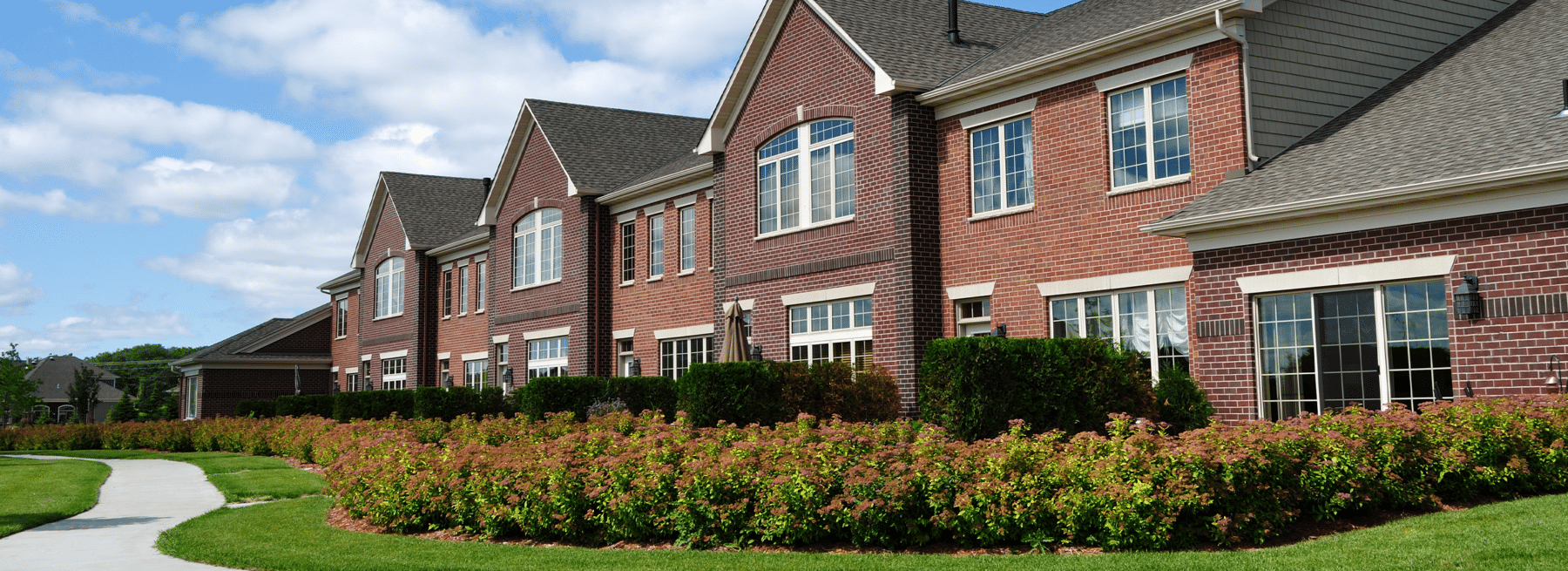AirBnB’s launch in 2008 was exceptionally disruptive to the hospitality industry…but it didn’t stop there.
By providing a new vehicle for homeowners to offer temporary housing to paying guests (a need formerly satisfied only through the hotel industry) the market quickly realized a decentralization effect not unlike those experienced in contemporary times with ridesharing, meal/grocery delivery services, and flexible office spaces. Sure, there were existing technologies like VRBO that supported vacation rentals, but AirBnB brought the concept to sprawling urban markets, creating measurable competition for the hotel industry.
Decentralization technologies have dynamically changed the strategies and investments of legacy service providers in many business sectors, often driving downturn consolidation and need for additional value creation to legitimize price deltas. Moreover, these conditions are changing the logistics of real estate investments required to support each business.
Hotels, restaurants, office spaces, and grocery stores have all begun to explore capital improvements to enable continued success as each market evolves. Multi-family is starting to take note.
Like most disruptive market forces, there have been a plethora of downstream effects from home-sharing. Specifically, we have seen government regulations and taxation pivot attention toward home-sharing.
Responses vary wildly, from suburban locales banning home-sharing due to excessive noise and criminal complaints to cities empowering home-sharing to augment constrained hospitability supply during peak events, such as SXSW in Austin, Texas.
As expected, nuanced offerings and additional competition have emerged for home-sharing. Multi-family housing has traditionally been opposed to “subletting” with lease provisions explicitly prohibiting the re-rental of apartment units in most US markets. These restrictions have been primarily self-imposed, as landlords sought to cut down on delinquency, unpaid damages, and community disruption.
In other cases, such as Florida, multi-family sees restrictions on short-term rentals in the form of hospitality taxes, ensuring tax revenues are maintained as home-sharing continues to expand it’s footprint.
Multi-family Home-Sharing as a Market Strategy
The journey of StayAlfred, one of the early providers of multi-family-specific home-sharing, offers compelling insight into supply and demand in this space. Historically, the StayAlfred business model used “corporate leases” to secure blocks of furnished multi-family apartments in conjunction with a revenue sharing agreement where StayAlfred was responsible for handling the guest turnover and housekeeping for units marketed by their firm as short-term rentals.
This presented a few obstacles for multi-family owners and operators, specifically, access controls for safety and security, as well as the need for additional “supervision” of short-term guests who often bring unwanted behaviors to the entrenched resident community.
With StayAlfred recently acquiring a significant portfolio to spearhead their offering deeper into multi-family, one can assume that they have been successful enough to generate investment funds, while also noting they are investing in multi-family assets directly to increase the velocity of normalizing this revenue model in the apartment industry. It is easy to conclude that most multi-family owners and operators are late to the party in realizing this emerging ancillary revenue approach. In other cases, experience with StayAlfred left multi-family owners and operators wondering if they might be able to provide an improved and more profitable service.
As multi-family continues to emerge from Covid-related pressures, growing demand, escalating price points, and new supply obstacles have many owners and operators seeking to further monetize high-performing assets with ancillary revenue streams. Inversely, residents are looking for ways to offset record rental rates while their incomes continue to lag inflationary curves.
One of the solutions taking root is home-sharing for multi-family, as it solves for both sides of this challenging financial dichotomy. We are seeing the formation of new funds and REITs with home-sharing models marketed directly to their renters.
With property management companies as the front-line promoter for multi-family home-sharing, owners are better insulated from the risks of short-term guest rentals while helping residents generate additional monthly income. This evolution has led to new offerings in the multi-family space, such as Migo by RealPage, who has partnered with the AirBnB network. This ancillary revenue stream for home sharing for multi-family properties is quickly garnering attention because it has demonstrated the potential to achieve impactful results:
- Increase Net Operating Income (NOI) by $400-600 per unit per year.
- Renewal rates 2-3% above market.
- 1-2% higher occupancy.
- 2-3% higher rents.
Overcoming the Obstacles in Home-Sharing
Let’s set aside the obvious marketing and leasing changes required to promote home-sharing with prospective and existing residents. For multi-family professionals, those challenges are not unlike other repositioning efforts. However, logistics and staffing quickly become a concern, not to mention resident safety and security. Many of the logistics concerns have multiple solutions, such as 3rd party housekeeping services for guest turnover and Smart Lock access control systems, while others are more difficult to manage, like providing property-wide proactive security.
While companies like Latch and RealPage are focused on access-control integrations for multi-family operators to support short-term rentals and self-guided tours, many owners and operators are reaching out to Stealth Monitoring to provide eyes-in-the-sky afterhours support for evolving community security dynamics.
Residents need a level of comfort when non-lease holding guests are on the property, especially during unstaffed hours. Stealth’s live video monitoring provides a real-time solution for apartment owners and operators who need the peace of mind knowing trained operators can help diffuse unwanted behaviors at their communities.
If you would like additional consultation on your security solutions as you explore home-sharing or self-guided tours, contact us. We are here to help!

